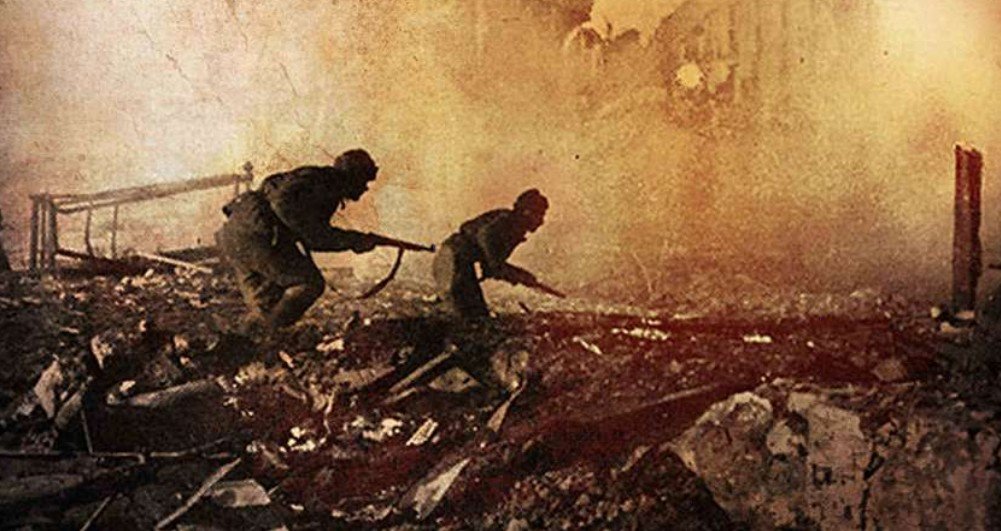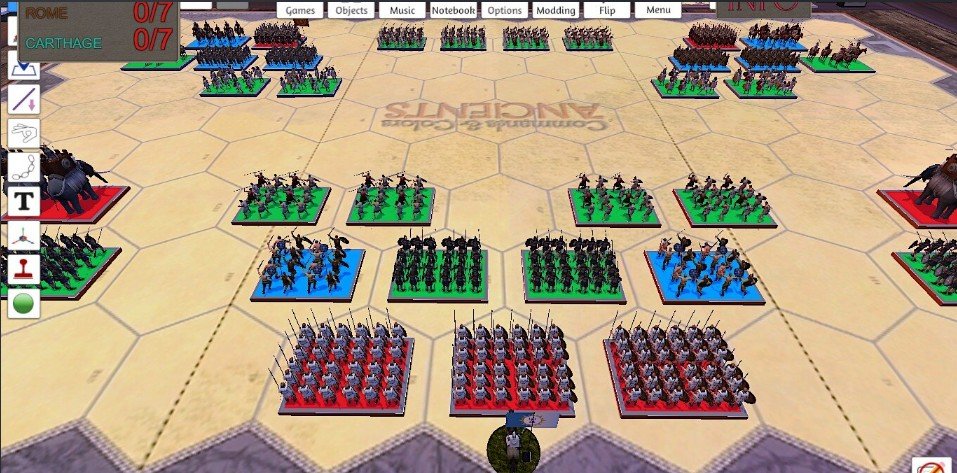This is an article about wargaming terrain, but allow me to begin with a car driving example.
Imagine driving down a straight, relatively flat two-lane country road and suddenly encountering a car coming at you in YOUR LANE! What a shock. Where did it come from? Why didn’t I see the car earlier.
This scenario can happen more than we like, at least in the U.S. And it normally happens because of the one topographic feature — undulating terrain that can create a very gradual rise on the landscape. The rise is often just enough to hide the oncoming car until the last minute, when it crests over the rise.
This is similar to situations in historical battles when an enemy force ‘appears’ right in front of opposing forces and requires a quick response to stop the ‘tide of troops’. Some classic battles come to mind, especially from the black powder period.
In the Battle of Waterloo, the French Guard were shocked to find red uniformed soldiers rise up in front of them as they crested the ridge in the closing hours of the battle. The shock and the subsequent volleys of fire, led the French Guard to pause, then slowly recoil. “La Garde recule!”
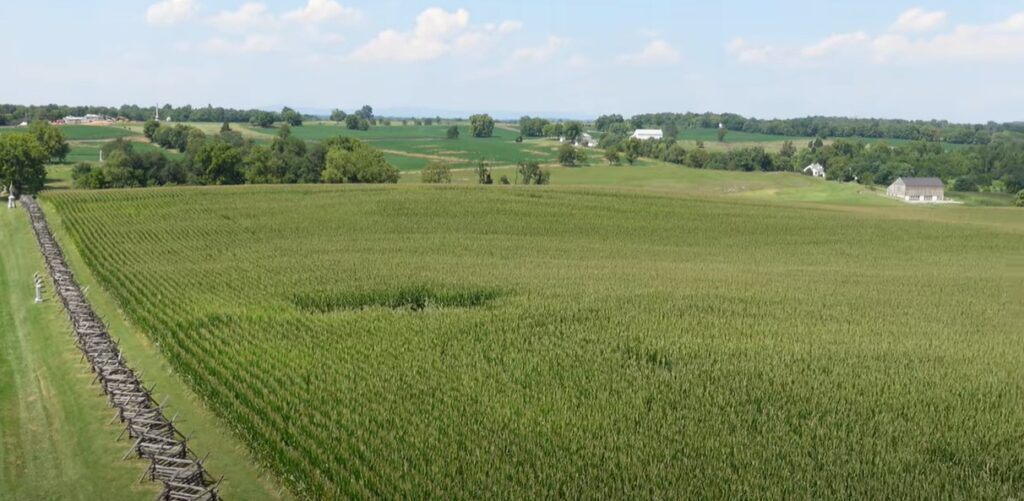
At the Battle of Antietam during the American Civil War, formations of Union forces marched across undulating terrain towards Bloody Lane. During the time that it took for the Union troops to cross the terrain, they crossed over slight depressions in the terrain and out of sight of the Confederate troops in the Bloody Lane. In the final moments of their march, they rose up from a slight depression to appear directly in front of the Confederates. This terrain kept the Confederates from maintaining a steady fire on the approaching Union lines.
The focus of this article is the role and effect of undulating terrain when replaying famous historical battles (and fictitious battles) in a tabletop wargame. The terrain that we are focusing on would not necessarily be steep enough to require a modifier for combat or for movement, but terrain that is steep enough to impact Line of Sight (LOS).
The Role of Wargaming Terrain on the Tabletop
Whether it is a historical re-enactment or a fictional scenario, terrain elements serve several purposes on the wargame tabletop –
- They can modify the movement of fighting units
- They can modify the fire effect of units
- They can provide defensive modifiers for units in combat
- They can provide ‘cover’ for units – either providing fog of war or shielding them from fire effects
Most terrain features have modifying effects on 2 or all of these factors. For example, a wooded terrain feature can modify movement for some unit types, while also impacting combat, fire, and visibility. BUA’s (Built-Up Areas) can present these same effects.
Some forms of rough terrain, like marshy ground, tend to effect movement – slowing down a unit’s movement rate OR making the area impassable to other units. It could possibly modify combat if the unit fights from this type of terrain. But, this terrain type generally doesn’t provide any LOS modifiers (especially in the black powder period).
The role of hills in a tabletop scenario tends to offer a defensive advantage. Some rules sets provide a bonus modifier for the unit on the hill when attacked in combat. The hill might also create a movement modifier. And most times, a hill provides a LOS bonus, making ranged fire by units on opposite sides of the hill impossible.
When is a Hill a Hill?
As mentioned above, there are historical battles that were fought on ground that was not ‘hilly’, but where LOS was not limitless.
How would this be modelled?
If an infantry battalion in a Napoleonic battle tabletop scenario has a volley fire range of 12” or an artillery battery has a fire range of 48”, could there be situations for the ground in that range to prevent a clear LOS?
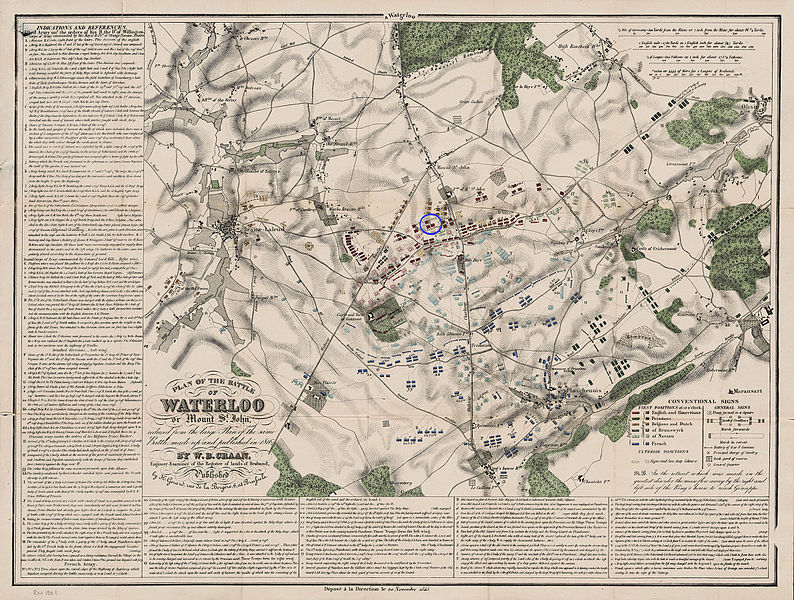
One look at a topographical map of the Battle of Waterloo would tell you that ‘hills’ did not figure into the landscape, but undulating terrain very much did. Napoleon positioned his grand artillery battery on an area of rising ground. But, that ground did not inhibit British cavalry from charging across it without difficulty of the ground (the fact that the horses were ‘blown’ after the charge across the battlefield was another matter.)
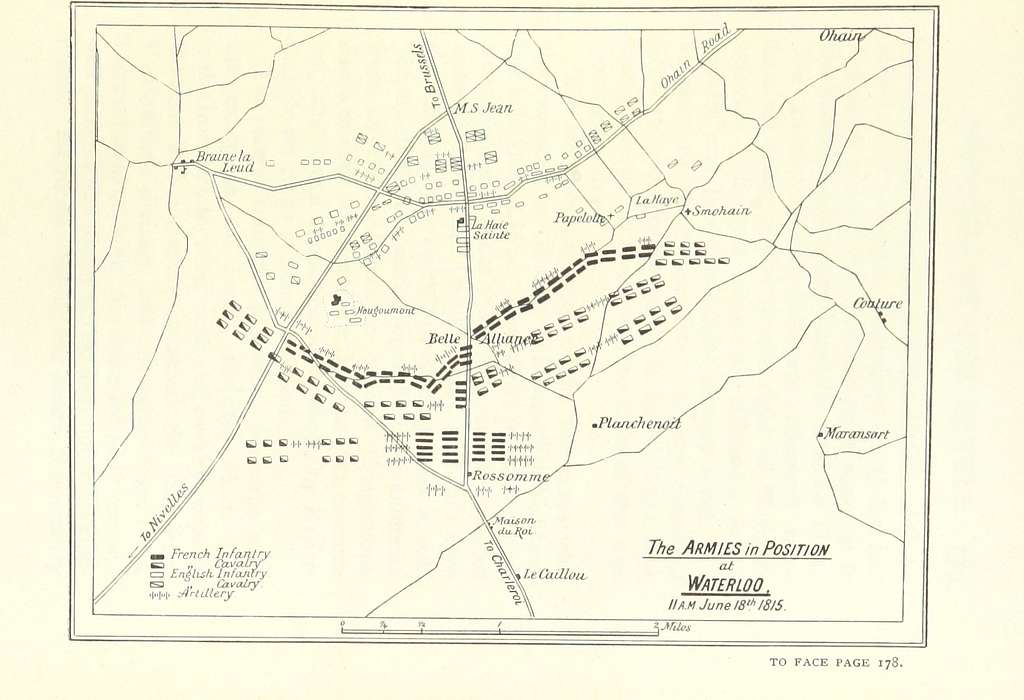
Of course, in that same battle, Wellington used the ‘reverse slope’ to his advantage, as he had done many times in the Peninsula. In almost any battle of the black powder era, artillery would have been placed on such a rise or slope. Depending upon the tactics, infantry and cavalry might also be located along the slope – or behind it and out of LOS from enemy fire, in the case of British troops of the Napoleonic period.
Most maps of the Battle of Waterloo represent the ground as basically flat terrain or as a landscape littered with hills. So which depiction is correct?
And, if it is more likely to have been undulating terrain, how could that type of terrain be incorporated into a tabletop wargame?
Why Does This Matter?
Some might say that this level of topographic detail is counter to the ‘fun spirit’ of the wargaming activity. Who wants to get lost in this level of detail in order to fight out a battle on the tabletop? And they may be correct.
But, I would venture to say that tabletop wargaming allows one to ‘step into the commanders’ shoes’ and attempt to more closely experience a historical scenario. What decisions and options did the Commander have available to him on that historical day?
How would a refight of Waterloo best depict this terrain? How would Wellington choose the position of his troops if the tabletop was a flat surface? Where would Napoleon position his grand battery on that same flat surface?
And, even a fictional scenario should contain the elements of real life in it that creates a bit more nuanced decision making.
Players of kriegsspiel games take the ‘fog of war’ to a heightened sense of reality. Why wouldn’t the terrain on a tabletop wargame have a similar sense of reality.
But, this is a theoretical question that I throw out to the wargaming community. How might the effect of a rising slope be presented on the tabletop? Could a line of some sort represent the crest of a slope? Could an agreement be made between ‘combatants’ that certain hill elements have only the effect of LOS and no other effect (such as combat or movement modifiers).
I have experimented with both and lean towards to a ‘line on the ground’ as a LOS modifier when attempting to shoot at enemy units on the other side of that line. But, I would be interested in hearing what other, most experience wargamers think.
Since I tend to wargame on Tabletop Simulator, I find that I have some cost effective means to model terrain that may not be as available to a tabletop gamer with a physical table and terrain models.
If you have a comment about this wargaming terrain topic, share a comment below. Thanks!

